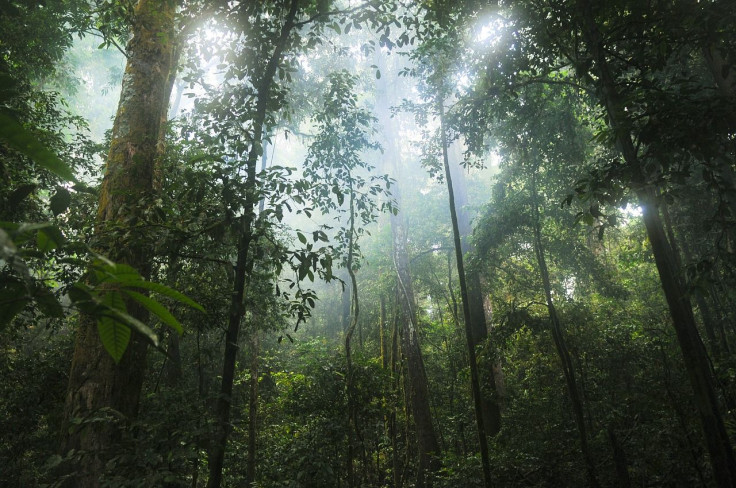Help Scientists Find These 'Most Wanted' Lost Species, 'Lost Legends'
KEY POINTS
- Many lost species have been rediscovered since the top 25 most wanted list was launched
- Eight new species are replacing the ones that have already been rediscovered
- Re:wild has also launched the list of "lost legends"
Re:wild's list of the top 25 most wanted lost species has led to the rediscovery of creatures that have been lost to science for many years. Now, eight new lost species are replacing the ones that have already been found, while a new list also highlights the so-called "lost legends."
Re:wild is an organization that aims to "protect and restore the wild" for a planet where "all life flourishes." In 2017, it launched the top 25 most wanted lost species list out of the more than 2,200 that have been lost to science for a long time.
That same year, one of the species, the Jackson's Climbing Salamander, became the first one on the list to be rediscovered and many others followed suit in the subsequent years. In fact, from 2017 to 2020, "at least" 67 of the species that were nominated for the list were rediscovered, according to Re:wild.
"Each new rediscovery has reminded us that we can find hope in even the most unlikely situations and that these stories of overlooked — but fascinating — species can be a powerful antidote to despair," Barney Long, Re:wild's senior director of conservation strategies and lead for the Search for Lost Species program, said in the organization's news release.
Re:wild announced Wednesday that eight new species are replacing the ones on the most wanted list that have already been found. Among these are the Fat catfish from Colombia, which has been lost since 1957, the Togo mouse from Togo and Ghana, which has been lost since 1890 and the Dwarf Hutia from Cuba, said to be a "guinea pig-like" rodent that has been lost since 1937.
Also added to the list are the South Island Kōkako, a bird from New Zealand that was last officially sighted in 2007, and the Pernambuco holly from Brazil, described to be a "mysterious tree" that has been lost for 185 years.
Three of the newcomers also represent firsts in the most wanted list: the first arachnid, fungus and species that's native to the U.S. These are the tap-dancing Fagilde's Trapdoor Spider from Portugal, South America's Big puma fungus, which may even represent a new genus, and the Blanco blind salamander that's said to live in underground aquifers in Hays County, Texas.
Ever feel lost? Then you’re not alone! Today we’re introducing our new top 25 most wanted #LostSpecies! For the rest of February, we will feature the latest 8 lost species to land on our list, incredible rediscoveries & our ongoing expeditions. pic.twitter.com/EaN4Ns56Dv
— Re:wild (@rewild) February 9, 2022
"Our goal is for the Search for Lost Species to help catalyze conservation action that will not only help bring these species back, but that will help ensure a healthier planet overall," Long said.
Lost Legends
Re:wild also launched the list of "lost legends." These are species "whose rediscoveries are long-shots at best," but are said to live "larger than life" in people's imaginations. Some of them still make headlines over possible albeit unconfirmed sightings.
Among these legends are the Tasmanian tiger, whose last confirmed sighting was in 1936 but has had unconfirmed sightings as recently as 2019, Sloane's Urania Moth, which has been lost for 127 years, and the Yangtze River dolphin, which flourished in China's Yangtze River for 20 million years but was driven to extinction by human activity and hasn't been seen since 2002.
"Though some of these species may indeed be permanently gone, their stories help us understand our connection to the wildlife that we share the planet with — and our role in protecting them," Re:wild noted.
"Lost species not only capture our imagination, but they have the power to teach us about the resiliency of the wild, the interconnectedness of ecosystems, and how best to implement conservation strategies that ensure these species — and the wildlife that shares their home — do not slip away forever," Robin Moore, Re:wild's vice president of marketing and lead for the Search for Lost Species Program, said in the organization's news release.

© Copyright IBTimes 2024. All rights reserved.






















